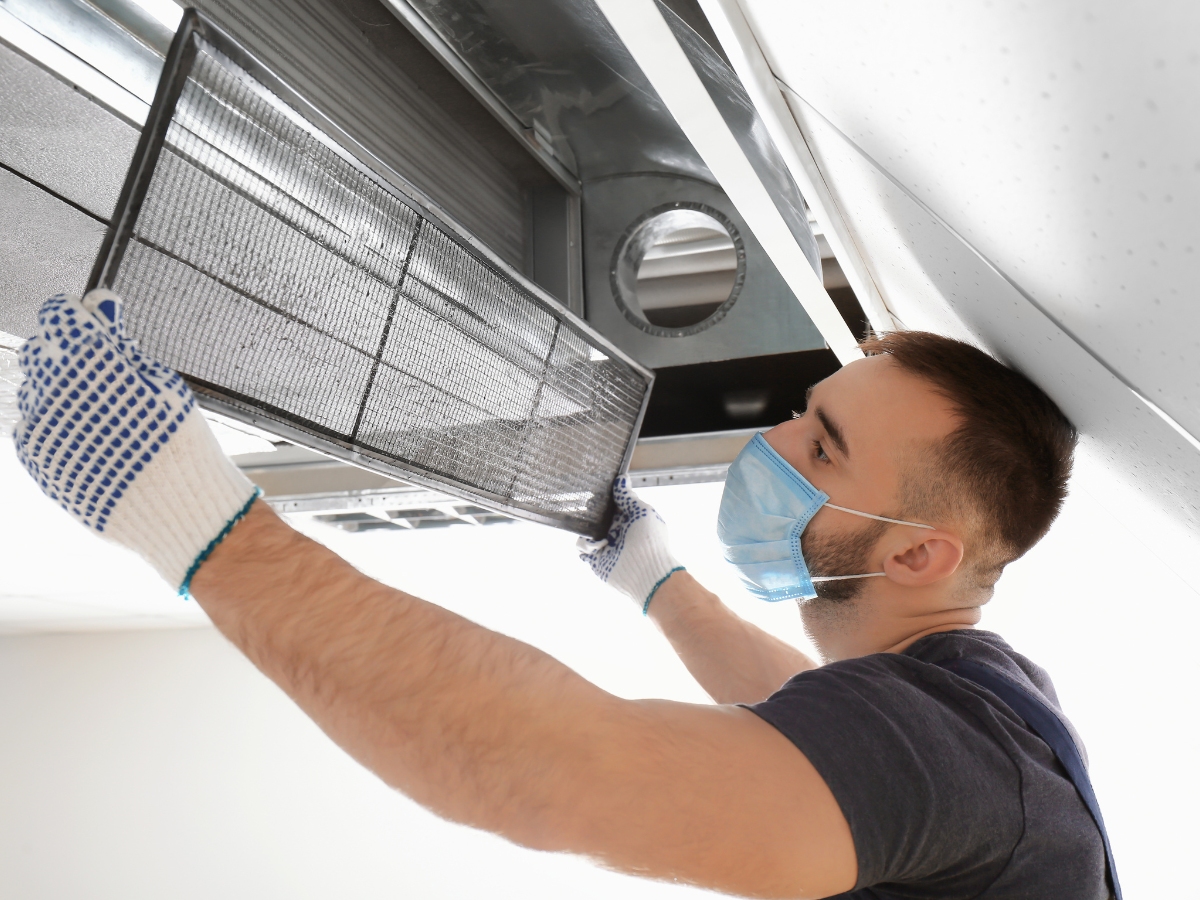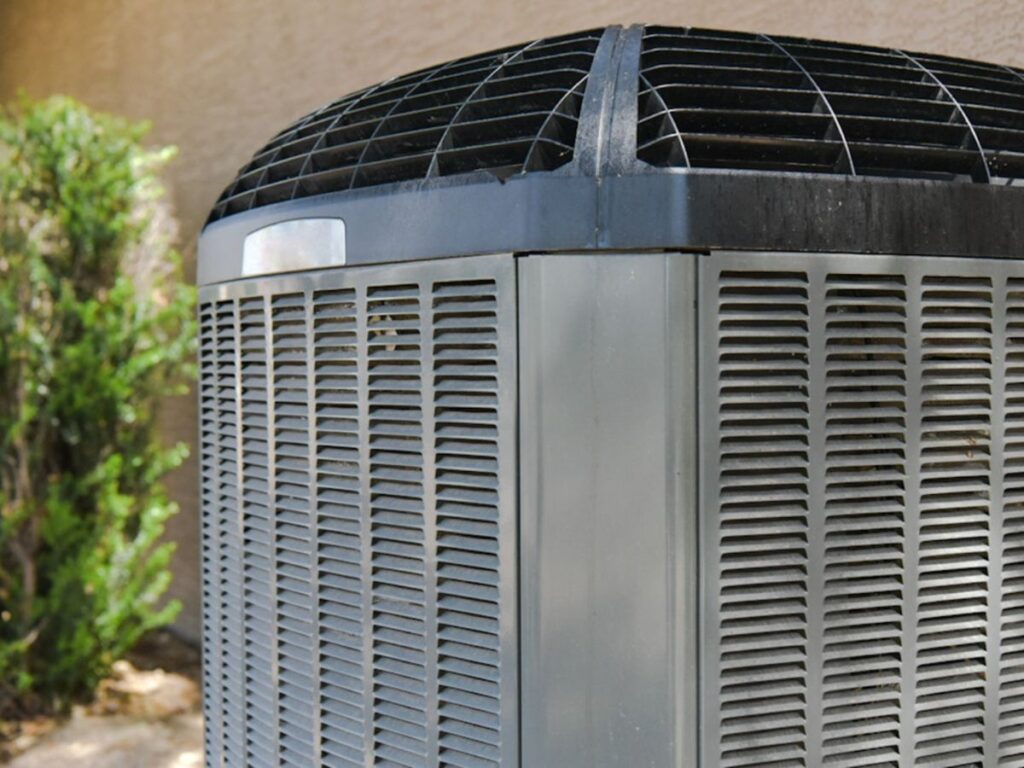Are you feeling overwhelmed by the wide range of indoor HVAC units available on the market? When it comes to keeping your home comfortable, the options can seem endless. From ductless split systems to central air units, understanding which system is best for your home is crucial.
In this ultimate guide, you will learn everything you need to know about navigating the world of indoor HVAC units to make an informed decision that will keep your home comfortable and energy-efficient.
Split Systems
Some of the most common indoor HVAC units are split systems comprising two main components: an outdoor compressor and an indoor air handler. These systems are famous for efficiently cooling and heating individual rooms or zones within a home or building.
Detailed Introduction to Split Systems
Regarding split systems, the outdoor compressor unit is responsible for releasing or absorbing heat from the refrigerant, while the indoor air handler distributes the conditioned air throughout the designated space.
This setup allows for greater control over the temperature in different areas of your home or building, providing personalized comfort.

Benefits and Limitations of Split Systems
One of the most significant benefits of split systems is their ability to provide efficient and customizable heating and cooling. With a thermostat for each indoor unit, you can set different temperatures in various rooms, saving energy and ensuring comfort.
On the other hand, a limitation of split systems is that they require professional installation and periodic maintenance. However, the benefits generally outweigh the limitations, making split systems a popular choice for indoor HVAC.
Packaged Systems
After familiarizing yourself with split systems and individual units, it’s time to delve into the world of packaged systems. Packaged HVAC units contain all the components, including the compressor, condenser, and evaporator, in one outdoor cabinet, making them a convenient and space-saving option for your indoor environment.
Comprehensive Understanding of Packaged Systems
The unit is outside your home with a packaged system, usually on the roof or next to the building. This allows for quieter operation inside, as no indoor unit generates noise. Additionally, because everything is contained within the single unit, maintenance, and repairs are typically more accessible and less intrusive, as the technician has direct access to all components.
However, this also means that if the unit malfunctions, your entire heating and cooling system may be affected instead of having separate components with split systems.
Advantages and Pitfalls of Packaged Systems
One of the main advantages of a packaged system is its convenience and space-saving design. You can free up indoor space by having the entire HVAC system outside; installation is often quicker and more straightforward than split systems. However, a potential pitfall is that if the unit breaks down or requires maintenance, it can disrupt your heating and cooling more significantly than with a split system.
Additionally, because the entire system is contained within one unit, the cost may be higher if it needs to be replaced than replacing individual components of a split system.
How HVAC Units Operate
First, let’s discuss how your HVAC unit operates. Your HVAC unit is responsible for cooling and heating the air in your home. The unit pulls air from your home and passes it over several coils.
These coils either absorb or release heat, depending on whether you use your AC or heating system. The conditioned air is then pushed back into your home, keeping your indoor environment comfortable.
Choosing the Right Thermostat for Your Unit
When choosing the right thermostat for your HVAC unit, there are a few key factors to consider. The type of HVAC system you have and your personal preferences and lifestyle will play a significant role in your decision. Consider a programmable thermostat, which allows you to schedule temperature changes throughout the day based on your habits.
Alternatively, a smart thermostat can learn your preferences and adjust the temperature accordingly, potentially saving you money on energy costs in the long run.
From Split Systems to Units, Your Ultimate Guide
With these considerations in mind, you are now equipped with knowledge and understanding of the various indoor HVAC units available. Whether it’s a split system, a packaged unit, or a ductless system, you have a clearer understanding of the differences and benefits of each.
By considering your specific needs and your home’s layout, you can decide on the best indoor HVAC unit for your comfort and energy efficiency. Remember to consult a professional HVAC technician to ensure your chosen unit’s proper installation and maintenance, and enjoy the comfort and functionality it brings to your indoor space.

FAQ
Q: What is the difference between a split system and a packaged unit?
A split system consists of indoor and outdoor units connected by refrigerant lines. These are usually used for both heating and cooling. On the other hand, a packaged unit contains all components in a single outdoor unit and is typically used for commercial spaces and residential areas with limited indoor space.
Q: How can I improve the efficiency of my indoor HVAC unit?
Regular maintenance, such as changing filters and cleaning coils, is essential for optimal efficiency. Additionally, upgrading to a programmable thermostat and sealing ducts can also help improve the efficiency of your indoor HVAC unit.
Q: What are some common issues with indoor HVAC units, and how can I troubleshoot them?
Common issues include inadequate cooling or heating, strange noises, and high energy bills. These problems can often be due to dirty filters, low refrigerant levels, or malfunctioning components.
Troubleshooting these issues involves checking and replacing filters, inspecting refrigerant levels, and ensuring all components function correctly. If issues persist, it is best to consult a professional HVAC technician.

